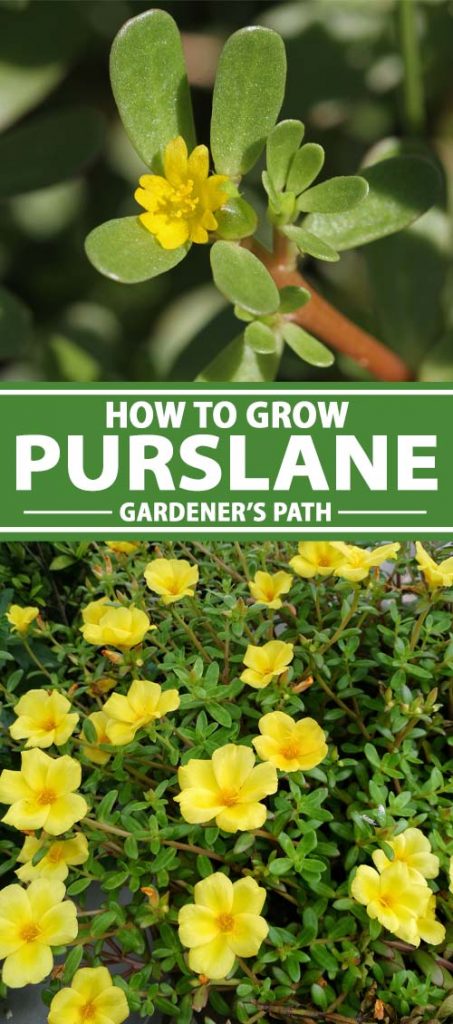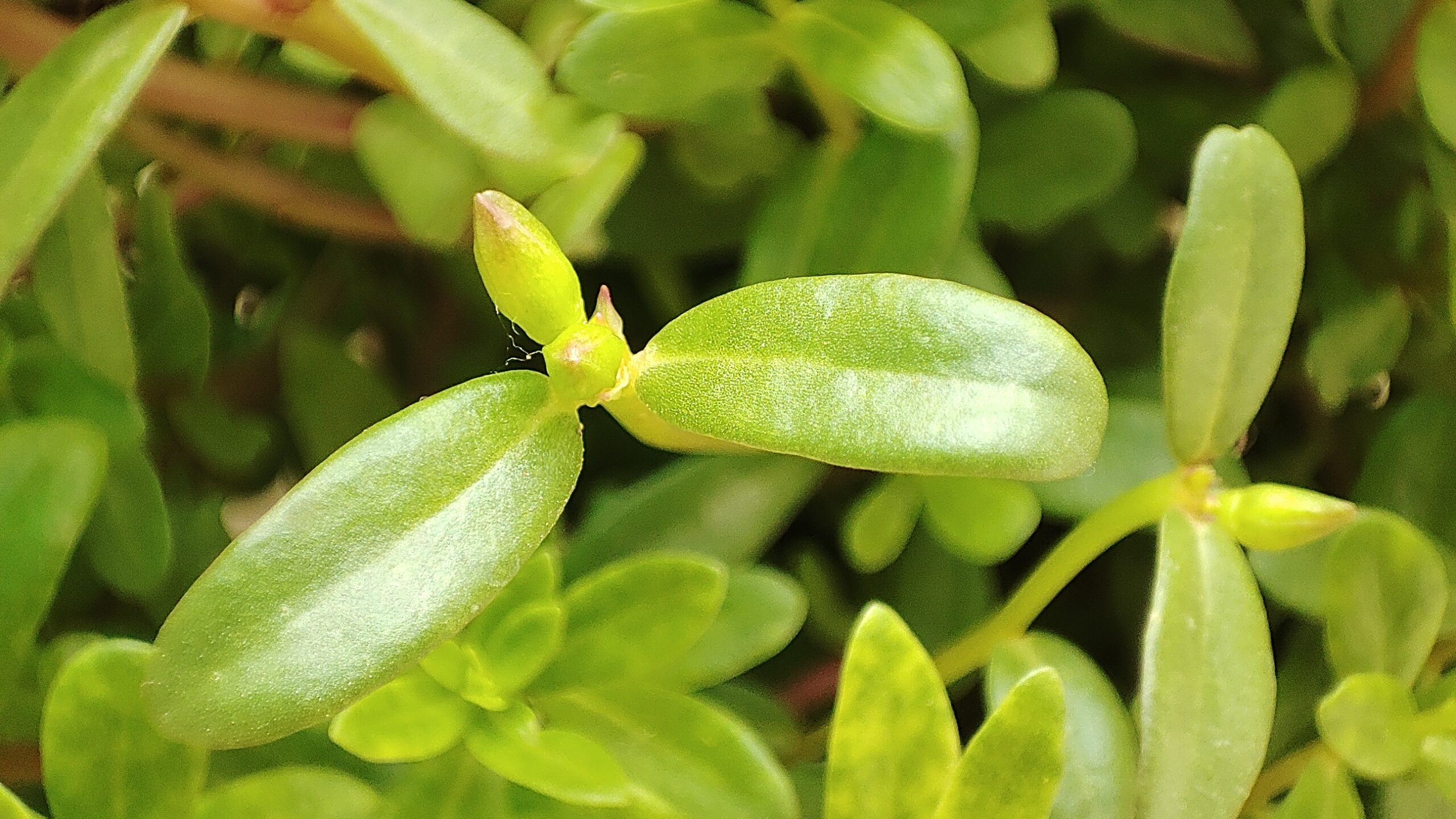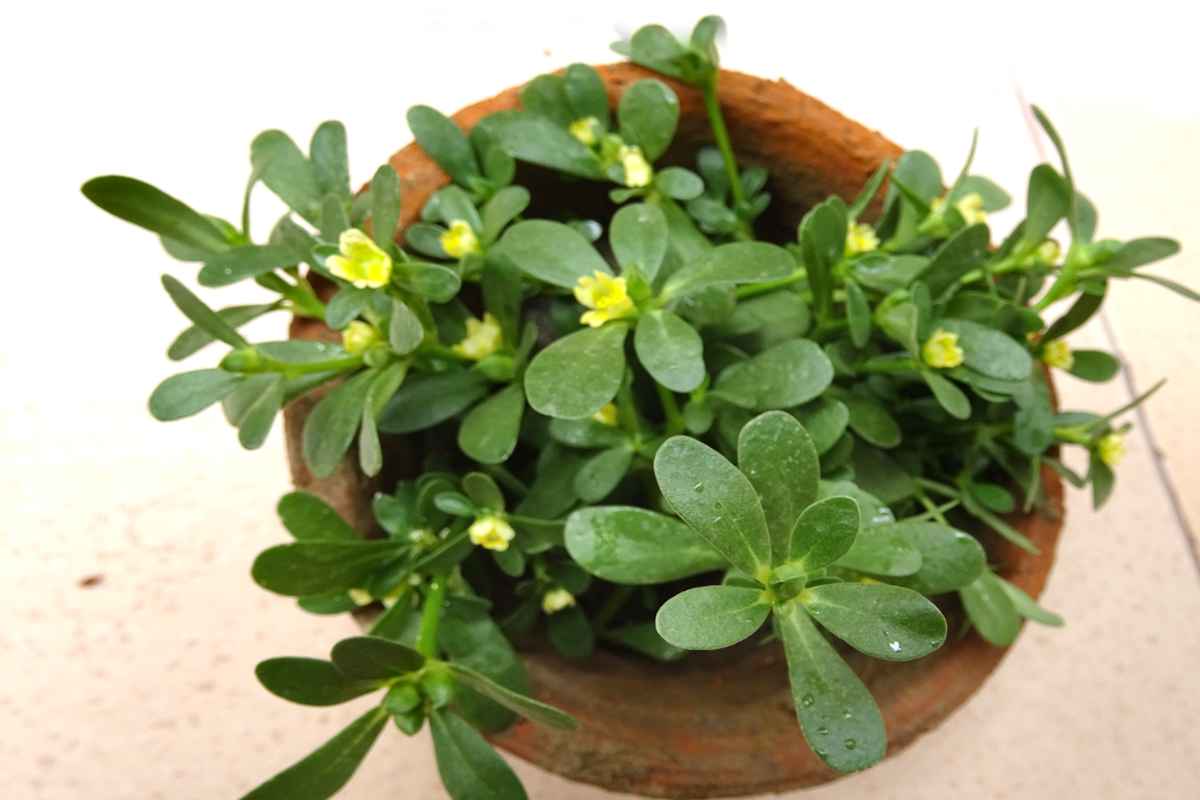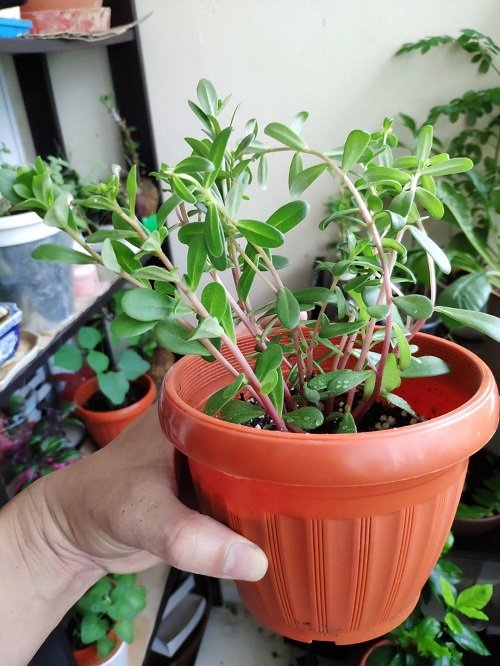Unlocking the Secrets of Growing Purslane Successfully
Purslane, a succulent herb native to the Mediterranean region, has been a prized ingredient in many cuisines for centuries. Its tangy, slightly sour taste and numerous health benefits make it an excellent addition to any garden or indoor space. With its ability to thrive in poor soil and withstand drought, purslane is an ideal crop for gardeners of all skill levels. In this comprehensive guide, we will explore the ins and outs of how to grow purslane plant, from preparing the soil to harvesting and using your homegrown purslane.
Whether you’re a seasoned gardener or just starting out, growing purslane can be a rewarding experience. Not only does it provide a bountiful harvest, but it also attracts beneficial insects and adds a touch of beauty to your garden. With its low maintenance requirements and versatility in cooking, it’s no wonder purslane is becoming increasingly popular among gardeners and chefs alike.
Before we dive into the nitty-gritty of growing purslane, it’s essential to understand the benefits of this incredible herb. Purslane is rich in vitamins A, C, and E, as well as minerals like calcium and iron. It’s also an excellent source of antioxidants, which can help protect against cell damage and reduce inflammation. With its numerous health benefits and culinary uses, it’s no wonder purslane is often referred to as a “superfood.”
Now that we’ve covered the benefits of purslane, let’s get started on our journey to learn how to grow purslane plant. From choosing the right conditions to harvesting and using your homegrown purslane, we’ll cover it all. Whether you’re growing purslane in a container or directly in the ground, with the right knowledge and techniques, you’ll be enjoying a bountiful harvest in no time.
Choosing the Right Conditions for Purslane Growth
When it comes to growing purslane, providing the right conditions is crucial for optimal growth and development. Purslane is a warm-season crop that thrives in temperatures between 65°F and 95°F (18°C and 35°C). It can tolerate some frost but is sensitive to extreme temperatures. To grow purslane successfully, choose a location that receives full sun to partial shade, depending on your climate.
In terms of light, purslane requires at least 4-6 hours of direct sunlight per day. However, in warmer climates, it’s best to provide some shade, especially during the hottest part of the day. If you’re growing purslane indoors, make sure to provide sufficient light, either from a south-facing window or under grow lights.
Soil is another critical factor in growing purslane. This herb prefers well-draining soil with a pH between 6.0 and 7.0. While purslane can tolerate poor soil, it will perform best in soil rich in organic matter. To create an ideal soil mix, combine compost, perlite, and vermiculite. If you’re using a potting mix, make sure it’s specifically designed for herbs or succulents.
When growing purslane in containers, choose a pot that is at least 6-8 inches deep to accommodate the herb’s deep taproot. Make sure the container has drainage holes to prevent waterlogged soil. If you’re growing purslane directly in the ground, loosen the soil to a depth of 12-18 inches to allow for good root growth.
By providing the right conditions, you’ll be well on your way to growing a healthy and thriving purslane plant. Remember to monitor your plant’s progress and adjust the conditions as needed. With the right care, you’ll be enjoying a bountiful harvest of delicious and nutritious purslane in no time.
Preparing the Soil for Optimal Purslane Growth
Soil quality is a critical factor in growing purslane successfully. Purslane prefers well-draining soil that is rich in organic matter. To prepare the soil for optimal purslane growth, start by testing the pH level of your soil. Purslane prefers a slightly acidic to neutral soil pH, ranging from 6.0 to 7.0. If your soil is too alkaline, you can add elemental sulfur or peat moss to lower the pH. If your soil is too acidic, you can add lime to raise the pH.
Next, add organic matter to the soil to improve its structure and fertility. Compost, well-rotted manure, or peat moss are all excellent options. Mix in a 2-inch layer of organic matter into the top 6-8 inches of soil. This will help to improve the soil’s water-holding capacity, aeration, and nutrient availability.
Fertilization is also essential for purslane growth. Use a balanced fertilizer that is high in phosphorus, such as a 10-20-10 NPK formula. Apply the fertilizer according to the manufacturer’s instructions, usually at a rate of 1-2 pounds per 100 square feet. You can also side-dress with a high-phosphorus fertilizer to promote root growth and development.
In addition to fertilization, purslane also benefits from the use of mulch. Mulch helps to retain moisture, suppress weeds, and regulate soil temperature. Use a thin layer of organic mulch, such as straw or bark chips, around the plants. Keep the mulch layer thin, as purslane has a deep taproot and can be susceptible to root rot if the mulch is too thick.
By preparing the soil properly, you’ll be able to create an optimal growing environment for your purslane plants. Remember to monitor your plants’ progress and adjust the soil conditions as needed. With the right soil preparation, you’ll be on your way to growing a healthy and thriving purslane crop.
Sowing Purslane Seeds: A Step-by-Step Guide
Sowing purslane seeds is a straightforward process that requires some basic knowledge and attention to detail. Here’s a step-by-step guide on how to sow purslane seeds for optimal growth:
**Step 1: Choose the Right Time to Plant**
Purslane is a warm-season crop that thrives in temperatures between 65°F and 95°F (18°C and 35°C). In most regions, the best time to plant purslane seeds is in late spring to early summer, when the soil has warmed up to at least 60°F (15°C).
**Step 2: Prepare the Soil**
Before sowing purslane seeds, make sure the soil is well-draining and has a pH between 6.0 and 7.0. If necessary, adjust the soil pH and add organic matter to improve its structure and fertility.
**Step 3: Sow the Seeds**
Sow purslane seeds directly in the ground or in containers. Plant the seeds about 1/8 inch deep and 1-2 inches apart. Cover the seeds with a thin layer of soil. Water the soil gently but thoroughly.
**Step 4: Provide Adequate Light and Water**
Keep the soil consistently moist during the first few weeks after sowing. Once the seedlings emerge, provide them with full sun to partial shade, depending on your climate. Water the plants regularly, but avoid overwatering, which can lead to root rot.
**Step 5: Thin the Seedlings**
Once the seedlings have 2-3 sets of leaves, thin them out to 6-12 inches apart. This will give the remaining plants enough space to grow and receive adequate light and air circulation.
By following these steps, you’ll be able to successfully sow purslane seeds and set yourself up for a bountiful harvest. Remember to monitor your plants’ progress and adjust their care accordingly.
Caring for Your Purslane Plant: Watering, Pruning, and Pest Control
Once your purslane plant is established, it’s essential to provide it with the right care to promote healthy growth and prevent common problems. Here are some tips on how to care for your purslane plant:
**Watering**
Purslane is a drought-tolerant plant, but it will perform best with regular watering. Water your purslane plant when the top 1-2 inches of soil feels dry to the touch. Avoid overwatering, which can lead to root rot and other problems. Water at the base of the plant, avoiding the leaves to prevent fungal diseases.
**Pruning**
Pruning is an essential part of purslane care. Prune your purslane plant regularly to promote bushy growth, prevent legginess, and encourage fruiting. Remove any weak or spindly growth, and cut back the plant to about 6 inches from the ground after it finishes flowering.
**Pest Control**
Purslane is generally pest-free, but it can be susceptible to aphids, whiteflies, and spider mites. Use neem oil or insecticidal soap to control infestations. Regularly inspect your plant for signs of pests, and take action promptly to prevent the problem from spreading.
**Common Problems**
Some common problems that can affect purslane plants include powdery mildew, root rot, and nutrient deficiencies. Powdery mildew can be prevented by providing good air circulation and watering at the base of the plant. Root rot can be prevented by avoiding overwatering and ensuring good drainage. Nutrient deficiencies can be prevented by using a balanced fertilizer and providing regular feedings.
By following these care tips, you’ll be able to keep your purslane plant healthy and thriving. Remember to monitor your plant’s progress regularly and take action promptly to prevent any problems from arising.
Common Challenges and Solutions for Growing Purslane
While purslane is a relatively easy plant to grow, it can still be susceptible to certain challenges. Here are some common problems that may arise when growing purslane, along with some solutions and troubleshooting tips:
**Pests**
Aphids, whiteflies, and spider mites are common pests that can infest purslane plants. To control these pests, use neem oil or insecticidal soap. Regularly inspect your plants for signs of pests, and take action promptly to prevent the problem from spreading.
**Diseases**
Purslane is susceptible to fungal diseases such as powdery mildew and root rot. To prevent these diseases, provide good air circulation and water at the base of the plant. Avoid overwatering, which can lead to root rot.
**Nutrient Deficiencies**
Purslane requires a balanced fertilizer to grow well. A lack of nutrients can lead to weak and spindly growth. Use a balanced fertilizer that is high in phosphorus to promote healthy growth and fruiting.
**Temperature Extremes**
Purslane is sensitive to extreme temperatures. Avoid exposing your plants to temperatures above 95°F (35°C) or below 60°F (15°C). Provide shade for your plants during the hottest part of the day, and protect them from frost.
**Soil Problems**
Purslane prefers well-draining soil that is rich in organic matter. Avoid using heavy clay or sandy soils, which can lead to waterlogging or nutrient deficiencies. Add organic matter such as compost or manure to improve soil structure and fertility.
By being aware of these common challenges and taking steps to prevent them, you can ensure a healthy and thriving purslane crop. Remember to monitor your plants regularly and take action promptly to address any problems that may arise.
Harvesting and Using Your Homegrown Purslane
After weeks of nurturing your purslane plant, it’s finally time to harvest and enjoy the fruits of your labor. Here’s a guide on how to harvest purslane leaves and stems, and some ideas on how to use them in cooking and other applications:
**Harvesting**
Purslane leaves and stems can be harvested at any time, but the best time is when the plant is young and tender. Simply snip off the leaves and stems with scissors or pinch them off with your fingers. You can also harvest the entire plant by cutting it off at the base of the stem.
**Using Purslane in Cooking**
Purslane has a tangy, slightly sour taste that makes it a great addition to salads, soups, and other dishes. You can use it as a substitute for spinach or kale in many recipes. Here are some ideas for using purslane in cooking:
Salads: Add purslane leaves to your favorite salad recipe for a burst of flavor and nutrition.
Soups: Use purslane as a garnish or add it to soups like minestrone or creamy soups.
Stir-fries: Stir-fry purslane with garlic, ginger, and your favorite protein for a quick and easy dinner.
**Other Uses for Purslane**
Purslane has many uses beyond cooking. Here are some ideas:
Herbal remedies: Purslane has been used for centuries in herbal remedies for its anti-inflammatory and antioxidant properties.
Skincare: Purslane can be used in skincare products for its moisturizing and soothing properties.
Companion planting: Purslane can be used as a companion plant to repel pests and attract beneficial insects.
By harvesting and using your homegrown purslane, you can enjoy the many benefits of this delicious and nutritious herb. Whether you use it in cooking, herbal remedies, or skincare, purslane is a versatile and valuable addition to any garden or indoor space.
Tips for Growing Purslane in Containers or Indoors
While purslane is typically grown outdoors, it can also thrive in containers or indoors with the right conditions. Here are some tips for growing purslane in containers or indoors:
**Choosing the Right Container**
When growing purslane in containers, choose a pot that is at least 6-8 inches deep and has good drainage holes. This will provide the roots with enough room to grow and prevent waterlogged soil.
**Using Pots and Planters**
Purslane can be grown in a variety of pots and planters, including terra cotta, ceramic, and plastic. Make sure the pot is clean and has good drainage holes to prevent waterlogged soil.
**Hydroponic Systems**
Purslane can also be grown in hydroponic systems, which provide the roots with a constant supply of water and nutrients. This can be a great option for indoor growing, as it eliminates the need for soil.
**Indoor Growing Conditions**
When growing purslane indoors, make sure to provide it with the right conditions. This includes bright, indirect light and temperatures between 65-75°F (18-24°C). Water the plant when the soil feels dry to the touch, and fertilize regularly.
**Tips for Success**
Here are some additional tips for growing purslane in containers or indoors:
Make sure the soil is well-draining and has a pH between 6.0-7.0.
Water the plant regularly, but avoid overwatering.
Fertilize the plant regularly with a balanced fertilizer.
Prune the plant regularly to promote bushy growth and prevent legginess.
By following these tips, you can successfully grow purslane in containers or indoors and enjoy its delicious and nutritious leaves and stems.








